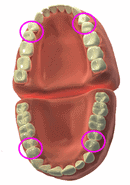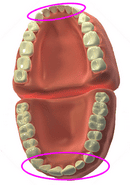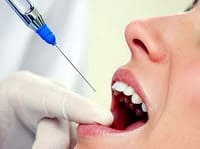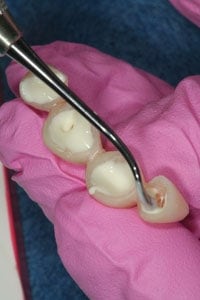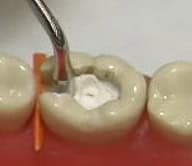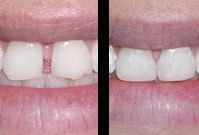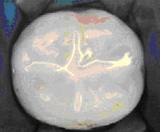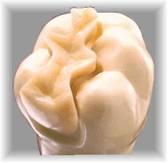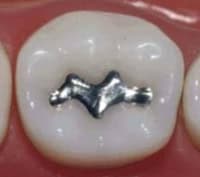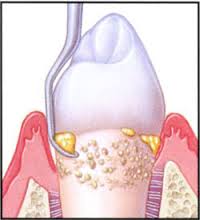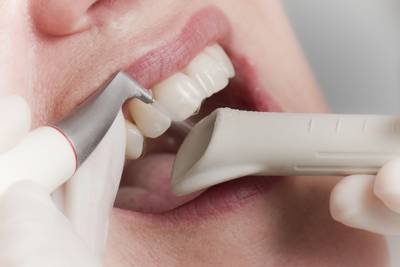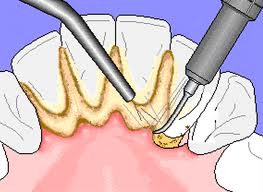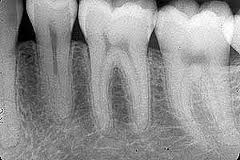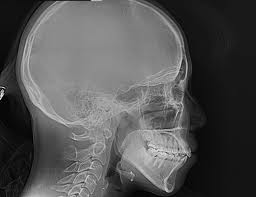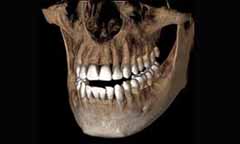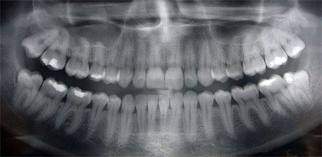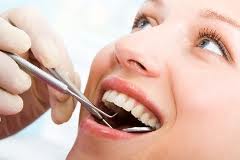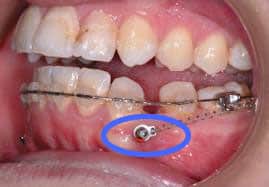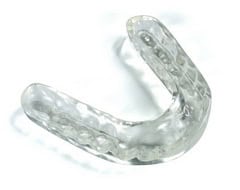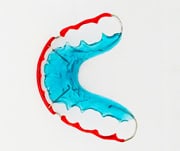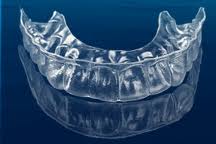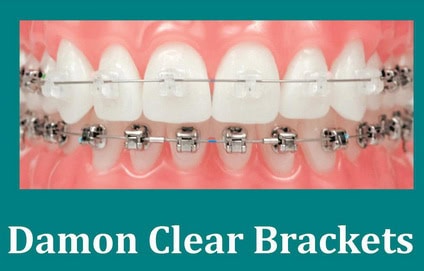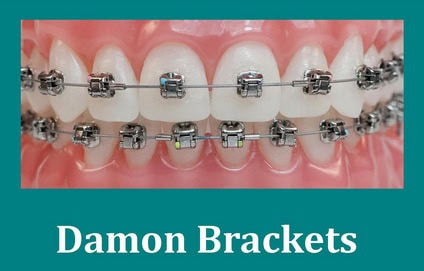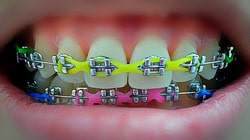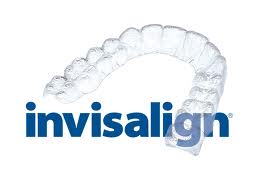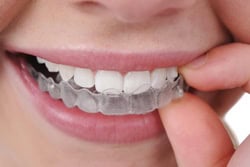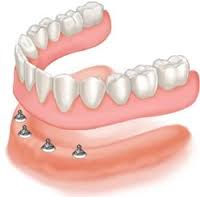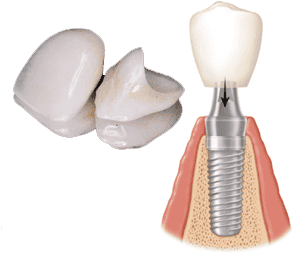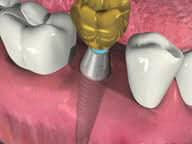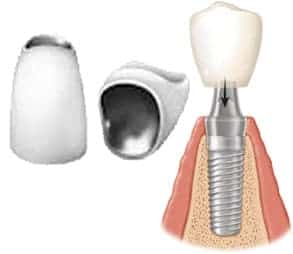Crown Lengthening
Table of Contents
Our Special Offer
- Special offer: Crown Lengthening at just 3,500 Baht per tooth
- If you get 4 or more, it is only 2,500 Baht per tooth
Table of Contents
Crown Lengthening: The Permanent Method to Transform Your Gummy Smile
What is Crown Lengthening?
Some people have a “gummy smile” which makes their teeth look too short. For these people, crown lengthening can help. A crown lengthening procedure is done by another dental specialist, a Periodontist, or a specialist in the tissue surrounding and supporting the teeth. A crown lengthening procedure is necessary when there is insufficient tooth structure remaining clinically visible or accessible for proper retention of a cast restoration (a crown or on-lay) or routine restoration (filling). In either case, it requires both the modification of the soft gingival tissues to reshape and reposition, as well as the removal of some underlying bone surrounding the tooth/root while recontouring the soft tissue at the same time. Many times, this crown lengthening will be minimal, and sometimes a modification is extensive, involving many teeth and the supporting bone, but necessary for a successful restoration(s). At times, after the crown lengthening is completed and the tissue is healed, the tooth may exhibit temporary sensitivity to thermal changes due to increased root exposure, but with time the sensitivity usually decreases
Things to Know Before Having Crown Lengthening Done
Before you undergo crown lengthening, there are a few essential things to keep in mind. Crown lengthening may result in wounds and the normal swelling that typically occurs after any surgical procedure. Therefore, it is very important to ensure that you do not have any chronic health conditions that might slow down the healing process. Also, inform your dentist about any allergies you have, especially concerning anesthesia or medications.
Crown Lengthening Aftercare
- The initial healing period typically ranges from 3 – 4 weeks, during which you might experience mild discomfort, swelling, and sensitivity.
- During the healing phase, maintain good oral hygiene by gently brushing the treated area to prevent irritation.
- Soft, easy-to-chew foods are recommended during the initial days, gradually reintroducing a regular diet as discomfort subsides. Spicy food and hot beverages should be avoided. Additionally, refrain from smoking and alcohol consumption.
- You might need to take a day off and refrain from exercising for a week. Attend follow-up appointments with your dentist as scheduled, allowing them to monitor your progress and address any concerns promptly.
- Follow your dentist’s instructions diligently and take the prescribed medication as directed.

